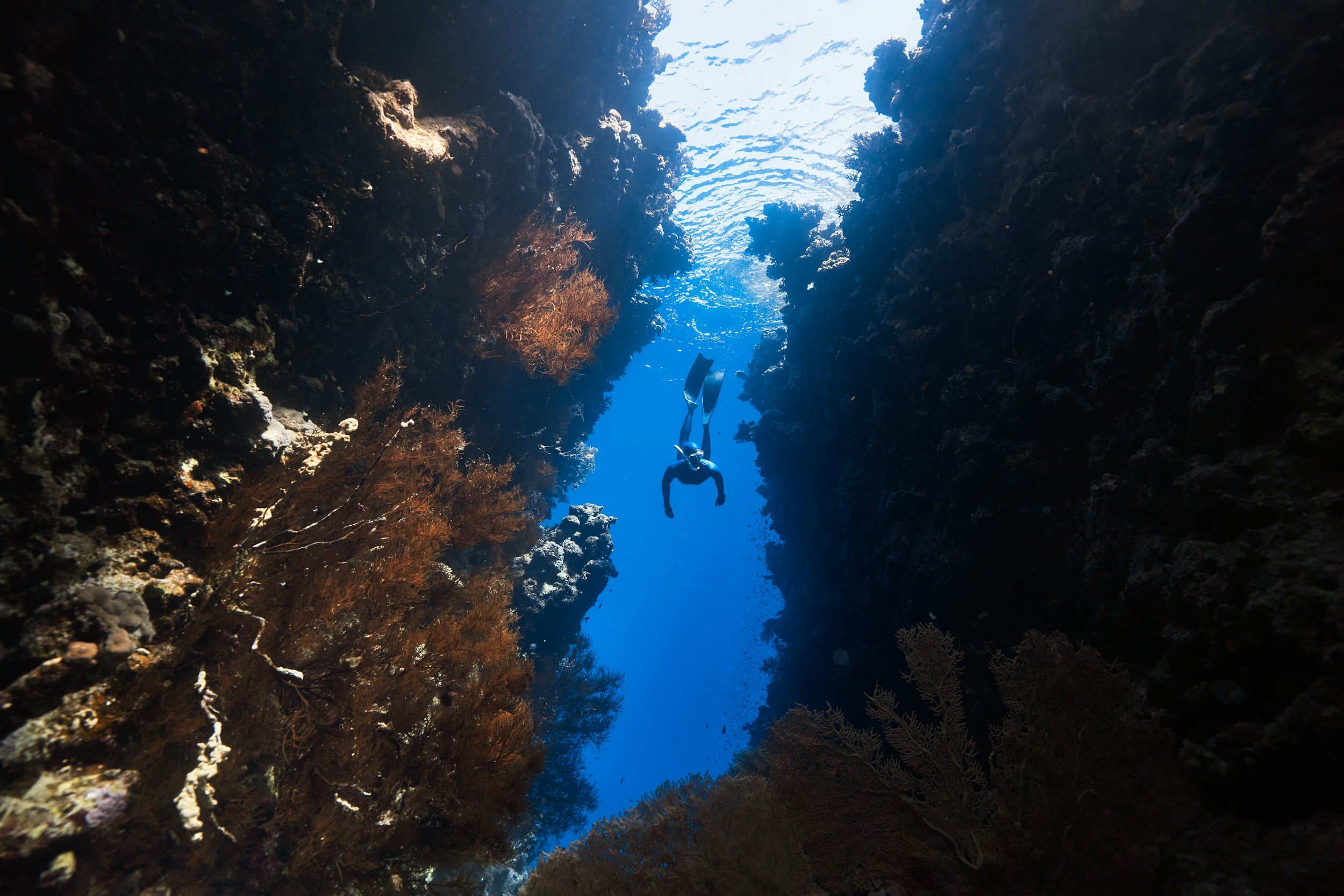Why are we looking to other planets when solutions may be on our own planet?
Humanity has always dreamed of exploring new frontiers, with space colonization becoming a hot topic as we face mounting global challenges—climate change, overpopulation, and dwindling resources. But before we look to Mars or the Moon, have we fully considered the untapped potential of our oceans? Nearly 71% of Earth’s surface is covered by water, yet we’ve explored only a fraction of it.
What if the solution to our survival and sustainability lies beneath the waves? Underwater cities could provide a viable alternative to space exploration, offering protection from many natural and man-made disasters while keeping us tethered to our planet.
Why build underwater cities?
1. Overpopulation and land scarcity
As urban populations surge, land is becoming a finite resource. Oceans offer vast, unused real estate where we could expand without encroaching on precious terrestrial ecosystems.
2. Climate change resilience
Rising sea levels, hurricanes, and extreme weather threaten coastal cities. Underwater habitats, designed deep enough, would be insulated from such threats, offering stable living environments.
3. Resource abundance
The oceans are rich in resources:
• Marine Food Sources: Sustainable aquaculture could provide food.
• Energy Generation: Tidal, wave, and thermal energy could power underwater cities.
• Mineral Wealth: Seabed mining (if done responsibly) could provide materials like rare earth metals.
4. Technological advancement
Underwater habitats represent a leap in engineering and innovation, inspiring technologies that could improve life on land as well.
5. Lessons from space exploration
The challenges of building self-sustaining environments in space—like managing oxygen supplies, pressure regulation, and renewable energy—align closely with the needs of underwater habitats. Innovations in closed-loop life support systems, material durability, and energy efficiency from space exploration can directly inform marine technologies. What we learn in space can help us thrive in our oceans.
Challenges to overcome
1. Engineering feasibility
Living underwater requires overcoming immense pressures, building durable, water-tight structures, and ensuring reliable energy and oxygen supplies. Advances in materials like self-healing concrete and transparent aluminum are paving the way.
2. Environmental impact
Underwater cities must be designed to coexist with marine ecosystems. Careful site selection and eco-friendly technologies can minimize disruptions to biodiversity.
3. Cost and logistic
Constructing underwater habitats is expensive, but initial investments in smaller-scale projects (e.g., research labs or luxury hotels) could lead to scalable solutions.
Examples of ongoing efforts
Several organizations are already working on underwater habitats:
Shimizu Corporation’s Ocean Spiral (Japan): A conceptual underwater city that could accommodate thousands of residents, powered by thermal energy and using ocean resources.
DEEP Sentinel Project (UK): Developing modular habitats for research and habitation at depths of up to 200 meters.
The Seasteading Institute (Global): Focused on floating and submerged communities to address rising sea levels.
Top 3 potential locations for underwater cities
1. Norwegian Continental Shelf (North Sea, Europe)
Why?
• Stable geological conditions and minimal seismic activity.
• Norway’s expertise in offshore wind energy and marine engineering.
• Cold, deep waters ideal for advanced energy systems like thermal gradients.
Challenges:
• Extreme cold requires robust insulation and heating systems.
• Potential ecological impacts on Arctic marine life need mitigation.
2. Mediterranean Sea (Southern Europe)
Why?
• Warm, shallow waters near Italy, Greece, or Spain make construction easier.
• High tourism potential—underwater habitats could double as resorts and research hubs.
• Proximity to developed nations with advanced infrastructure.
Challenges:
• The region is a biodiversity hotspot, so ecological safeguards are critical.
• Competing interests (tourism, fishing) may create regulatory hurdles.
3. Caribbean Sea (Belize or Cayman Islands)
Why?
• Warm, clear waters offer ideal living conditions.
• Proximity to rich marine biodiversity and renewable energy resources (tidal and wave energy).
• A tourism-friendly region already exploring innovative sustainability projects.
Challenges:
• Susceptibility to hurricanes requires deep, protected locations.
• Ecological impact on coral reefs and marine life must be carefully managed.
Sustainability and innovation
Underwater cities could lead to breakthroughs in:
• Energy: Tidal and wave energy systems.
• Food Production: Sustainable aquaculture and underwater farming.
• Circular Living: Closed-loop systems for waste, water, and air.
• Tourism and Research: Generating revenue and fostering ocean exploration.
These habitats would also serve as laboratories for addressing global challenges, from climate change to sustainable resource use.
Why stay on earth?
While space exploration is crucial for scientific discovery, our immediate challenges—climate change, rising sea levels, and resource scarcity—demand Earth-based solutions. Building underwater cities not only offers a futuristic alternative but also allows us to remain connected to our planet. The oceans are the largest uncharted frontier left on Earth, offering a wealth of opportunities for survival, sustainability, and growth.
Diving into oceans
Instead of looking solely to the stars, let’s dive into the oceans. Underwater cities present an exciting and achievable vision for the future of human habitation. With thoughtful innovation, collaboration, and respect for the environment, these cities could transform the way we live, creating a harmonious balance between humanity and the natural world.
